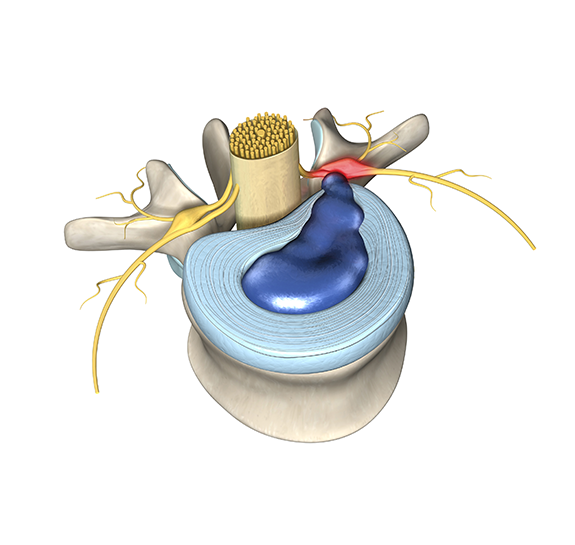FAQs
FAQs on Joe Biden foot fractures:
President-elect Joe Biden was playing with his dog Major when he fell and suffered a foot fracture. The initial x-rays were normal, but a CT scan demonstrated hairline fractures of the intermediate and lateral cuneiform bones. Fractures of the intermediate and lateral cuneiform bones are an atypical injury pattern. It’s likely the terrain was uneven, that he stepped in hole. Major is a big dog. That may have contributed. Most people with this type of fracture are an athlete in sport, or a hiker.
In evaluating a patient with a foot injury, the doctor is looking for hints as to whether there may be a fracture. In deciding whether or not an x-ray is needed the doctor must consider risk factors for conditions such as osteoporosis which make fracture more likely. The risk factors for osteoporosis are post-menopausal female, advanced age, vitamin D deficiency (70 – 80% of Americans). In addition, there are other conditions which predispose people to fracture, or slow healing, such as diabetes, smoking, history of cancer treatment, or metabolic bone disease. In addition to x-ray, people with risk factors should have blood work to look at their vitamin D level and calcium after a foot injury. Post-menopausal females should have a dexa scan if one has not been done recently.
Cuneiform fractures are painful. They are in the area of the foot called the midfoot. The fracture was described as a hairline. This area of the foot is important for stability. We don’t know if the fractures go through the joint. If the fractures do involve the joint, then surgery may be needed. Pain should reduce over the next 3 weeks and go away after 6-8 weeks.
The need for advanced imaging like computed tomography (CT) and magnetic resonance imaging (MRI) for a foot injury are determined by the history of risk factors, x-ray result, and physical exam. Up to 40% of foot fractures of this type are missed on initial evaluation. If there is point tenderness on physical examination, then x-ray should be done. If the x-ray shows a fracture through the joint space, then MRI is needed to assess the soft tissues such as ligaments. If there is pain to stressing the Lisfrank joint (between the big and next toe), then advanced imaging is needed is needed even if the x-ray is normal. A CT scan is helpful to show the fracture, but MRI is needed to assess the soft tissue such as ligaments. At Standing x-rays of both feet are also needed at some point to make certain the Lisfrank joint is stable when standing. If not, then surgery is needed.
Surgery is needed for complex foot fractures of the cuneiform bones when the Lisfrank joint is unstable. This is determined after physical exam by the advanced imaging such as CT and MRI.
Surgery of this type is 90-150 minutes and takes 2-3 months for recovery.
With 51 days to inauguration at this point the President-elect has a good chance of being sworn in by Chief Justice John Roberts on January 20, 2021 boot free.







